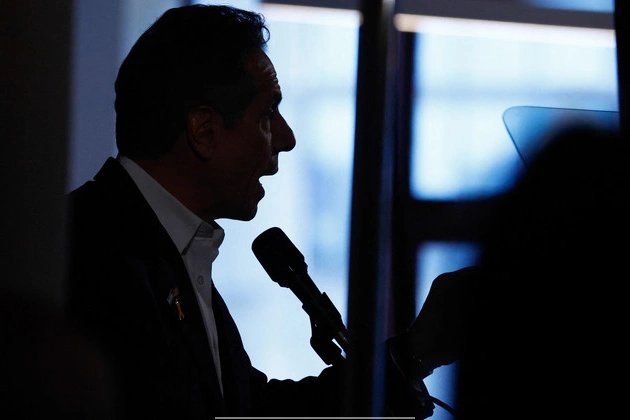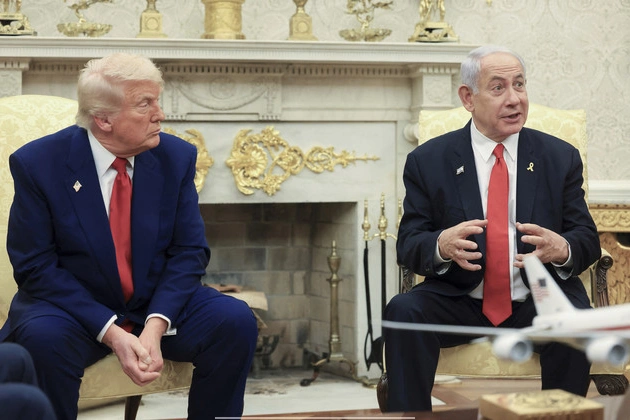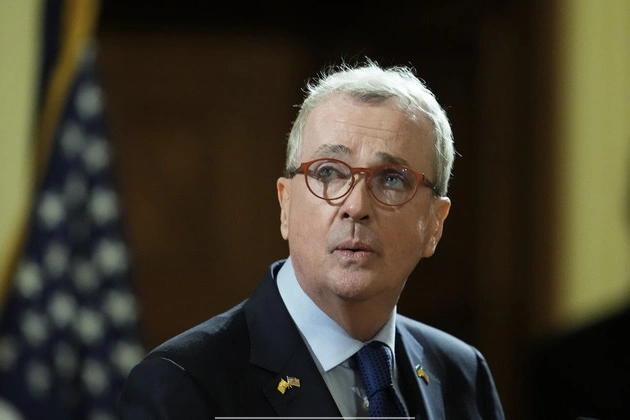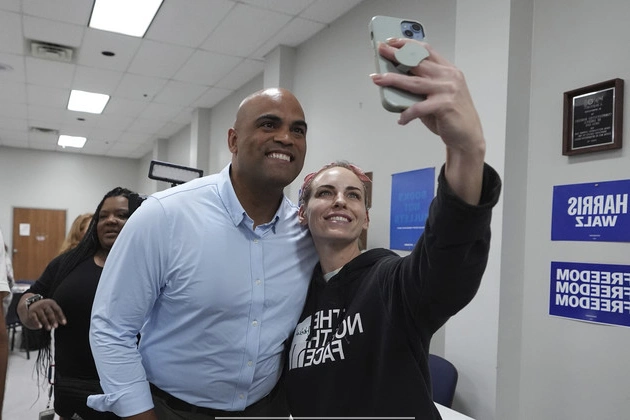
Introduction: Andrew Cuomo’s Missteps
Andrew Cuomo, once a formidable political figure, faced a stunning defeat in his bid for New York City mayor. Despite early advantages, Cuomo’s campaign failed to resonate with voters seeking change and fresh leadership. Let’s delve into the key reasons behind his downfall.
The Dated Strategy vs. Modern Approach
Cuomo’s reliance on traditional campaign tactics clashed with the evolving landscape of politics. His retro style failed to connect with a populace craving innovation and authenticity. In contrast, his opponent, Zohran Mamdani, tapped into social media and grassroots movements, capturing the electorate’s attention.
Failure to Adapt to the City’s Dynamics
Cuomo’s disconnect with New York City became apparent as he overlooked crucial aspects of urban life. From transportation mishaps to culinary blunders, he appeared out of touch with the city’s pulse. Mamdani, in contrast, showcased a deep understanding of local issues, resonating with voters seeking relatable leadership.
Message of Fear vs. Hope
While Cuomo painted a bleak picture of the city’s future, emphasizing danger and despair, Mamdani exuded optimism and promise. The stark contrast in messaging highlighted Cuomo’s inability to inspire hope and vision among voters, a critical factor in electoral success.
Overreliance on Past Achievements
Cuomo’s campaign relied heavily on past glories, failing to present a compelling vision for the future. While he touted infrastructure projects, Mamdani focused on affordability and grassroots mobilization, striking a chord with residents grappling with economic challenges.
Lessons Learned: The Path Forward
Andrew Cuomo’s failed mayoral bid serves as a cautionary tale for politicians. By embracing change, connecting with constituents, and articulating a bold vision, candidates can navigate the complex terrain of modern politics successfully.











